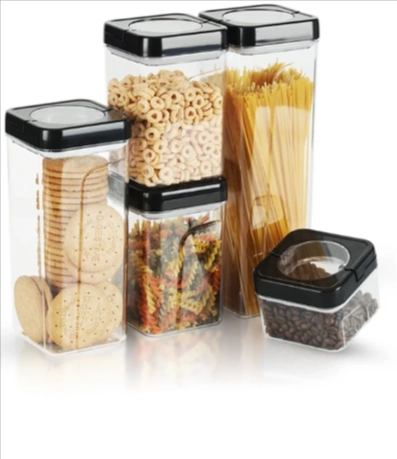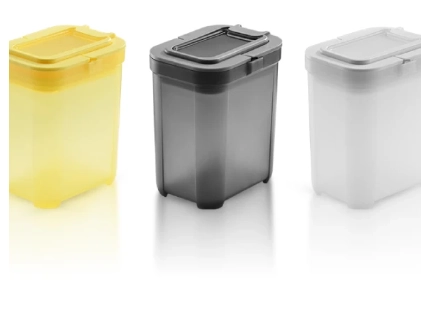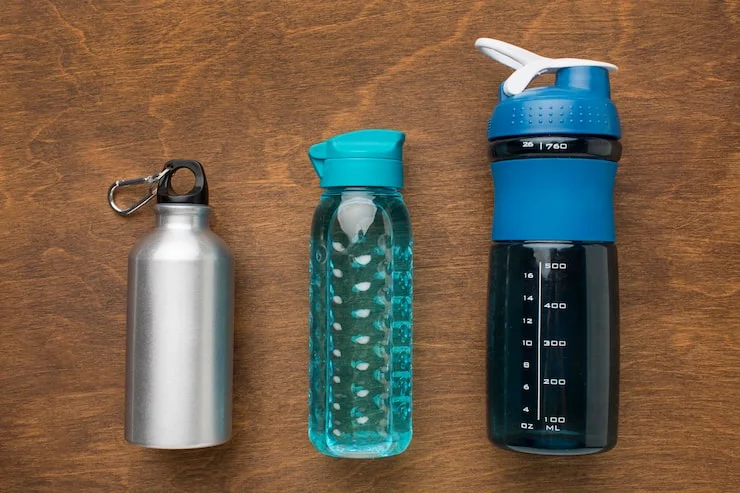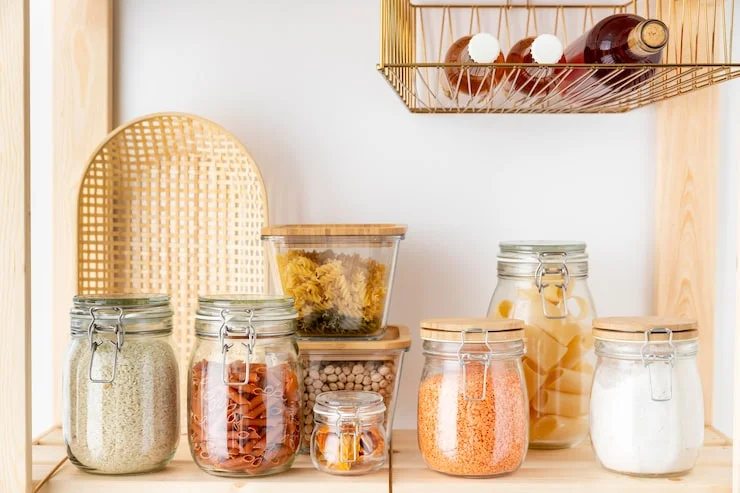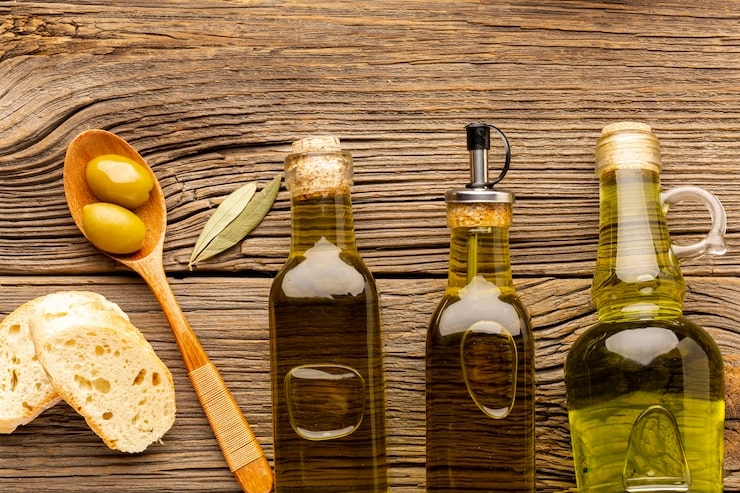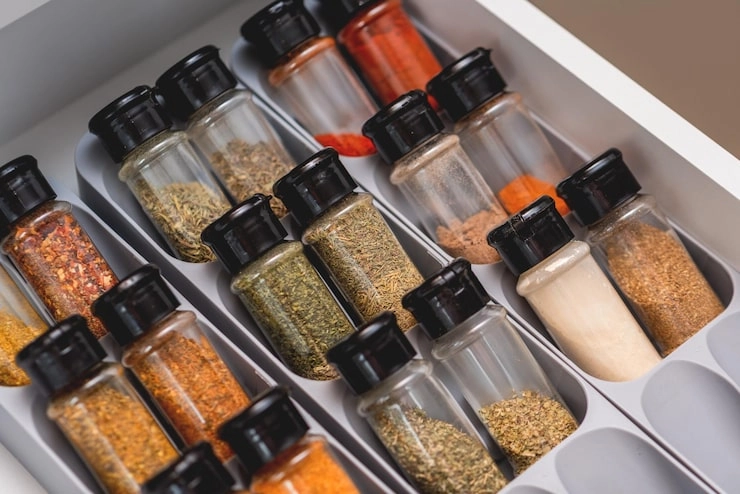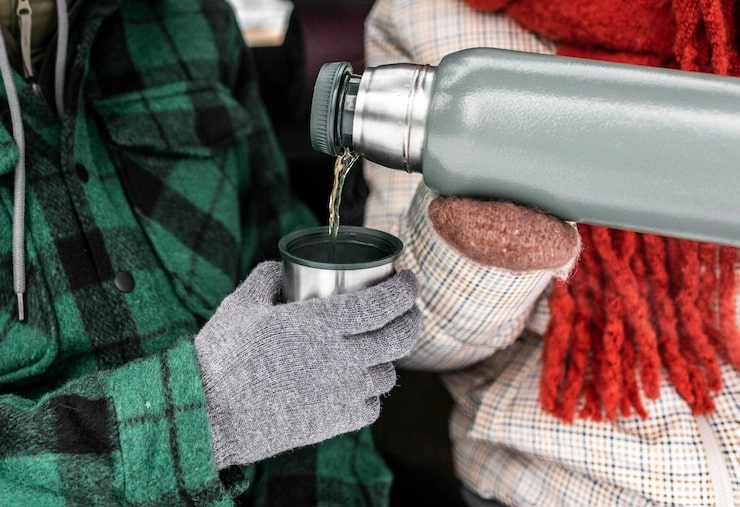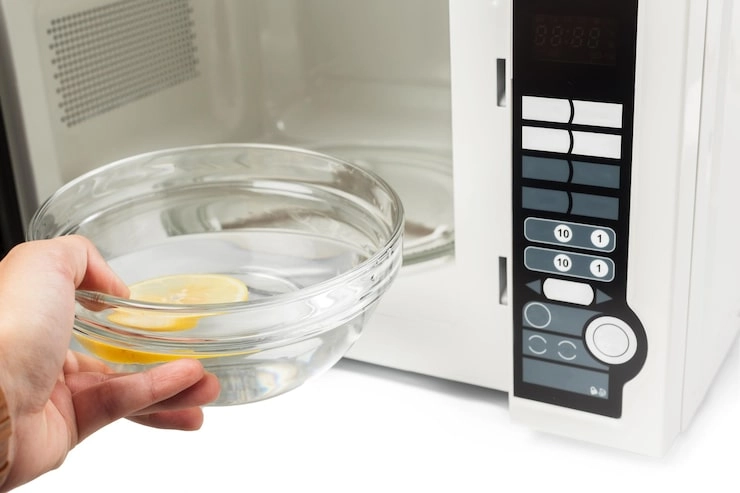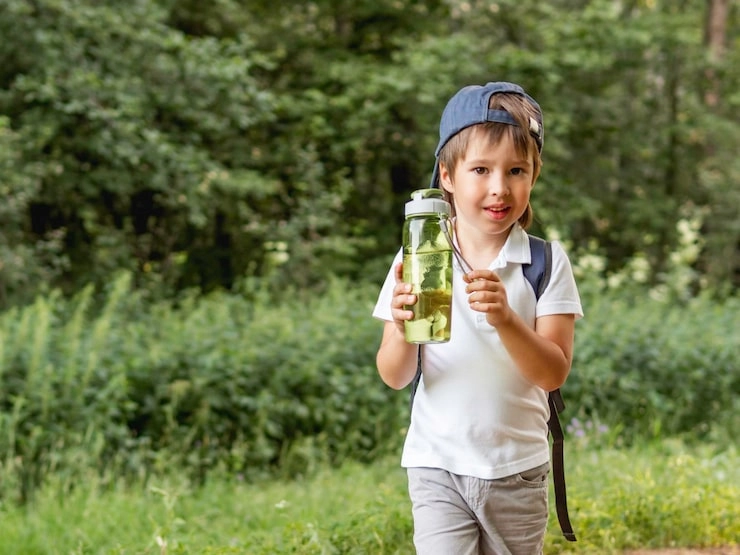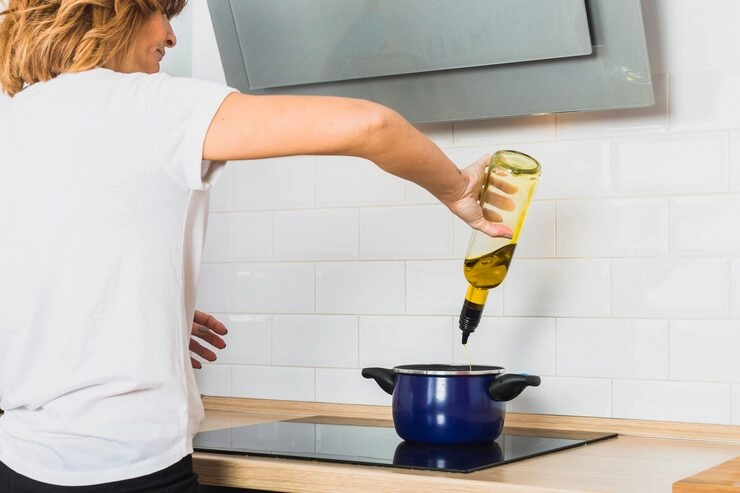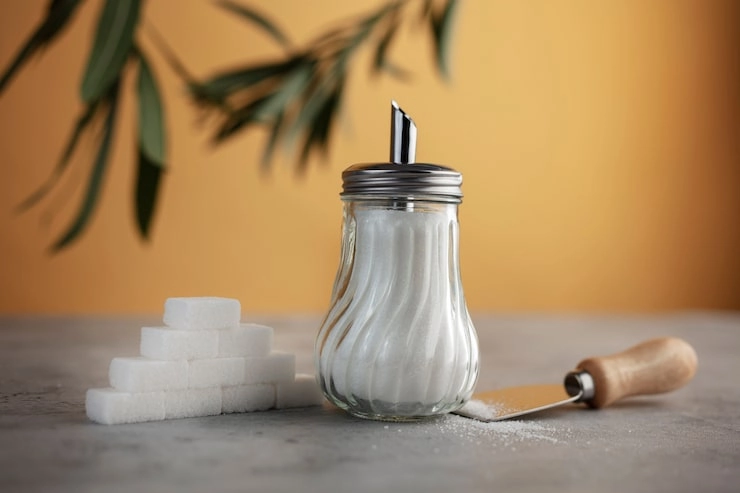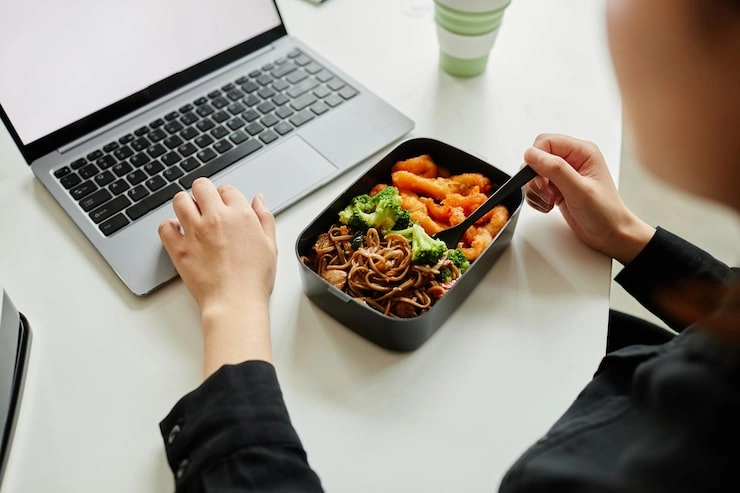Plastic food containers have become essential kitchen items. People value them for their light weight, lasting strength, low cost, and many uses. These handy storage tools serve different needs. This includes home meal preparation and business food service. They keep improving through new materials and cleverer designs. Environmental awareness is also growing. Because of this, the industry is creating better recyclable materials and earth-friendly options. This article looks at the main benefits, uses, and care of plastic food containers. It also explores the newest green developments in food storage technology.
What Defines the Genre of Plastic Food Containers?
Plastic food containers form a unique group within kitchen storage choices. They are known by the stuff they are made of, their usefulness, and how their shapes can change. These items are built to meet changing needs. These needs cover keeping food fresh, making it easy to carry, and being good for the planet. This applies to homes and business places alike.
Classification Based on Material Composition
Sorting plastic food containers starts with the plastics used to make them. Regular materials contain polypropylene (PP), polyethylene terephthalate (PET), and high-density polyethylene (HDPE). Each one gives special physical and heat traits. For example, the LOCKBOX uses food-safe PP and silicone. This guarantees safety and lasting strength. PET is popular for its clear look and toughness. Meanwhile, HDPE is prized for standing up to chemicals.
Differentiation by Intended Use and Functionality
Plastic holders are planned with exact purposes in mind. These range from cupboard keeping to meal moving. Some kinds serve dry items like cereal or herbs. Others are made for liquids or things that spoil. The LOCKBOX CLEAR works perfectly for all safe keeping. This includes flour, sugar, grains, tea, snacks, or takeaway meals. Extra features also set their uses apart. These involve folding ability, lids that work with one hand, or built-in measuring parts.
Common Design Features in Plastic Food Containers
Shape parts often include tight-closing seals, forms that stack, see-through lids for viewing, and easy-to-hold grips. The SQUARE•LOK holders have a big clear top. This lets you see what is inside even when kept in drawers. Also, special locking systems like SAFETY-LINK promise safe closing. This works during moving or unexpected drops.
SinoGlass Housewares tackles these group-defining traits. They do this by giving a full set of BPA-free plastic holders. These have modern locking parts and changeable shapes. This makes them easier to use in many places.
Why Are Plastic Food Containers Considered Advantageous?
Plastic food containers are well-liked for solid reasons. They beat old materials like glass or metal. These good points cover physical toughness to money sense.
Durability and Impact Resistance
Unlike glass choices that might break when hit, plastic holders offer better break resistance. LOCKBOX is strong, unbreakable plastic with extra-strong edges. This makes it perfect for houses with kids or busy kitchens.
Lightweight Nature and Portability
Plastic’s low weight makes it great for carrying. It works whether taking lunch to work or keeping snacks ready to go. Foldable picks like PARTY LUNCH show this well. Squash the holders for small storage. Then pull them open to full size when required.
Cost-Effectiveness Compared to Alternatives
Plastic making steps allow big production at lower prices than glass or stainless steel. This puts good plastic holders within reach for many. You get them without losing key features. These include tight closing or food safety.
Versatility in Storage and Transportation
Plastic holders adjust well to many jobs. This goes from dry cupboard things to liquid meals needing drip-proof seals during delivery. The damp-resistant and secure 360º silicone seal gets extra help. Our special SAFETY-LINK part strengthens it. This gives calm feelings during handling.
SinoGlass Housewares uses these strong points. They do it through new shapes like BAMBOO FRESH and CAVENDISH lines. These mix style with measured pouring systems. This improves both use and nice looks.
How Do Various Types of Plastic Affect Container Performance?
The science of stuff plays a key part. It decides how food-safe plastics work in holder making.
Polypropylene (PP) and Its Thermal Stability
PP is widely used because it melts at a high heat (~130°C). This makes it right for microwave use without changing shape. Made from food-safe PP and silicone, LOCKBOX handles regular heating. It keeps its structure sound.
Polyethylene Terephthalate (PET) for Clarity and Strength
PET does well in clear sight – perfect for see-through lids – and pulling strength. This makes it a top pick where seeing contents matters. You get this without losing toughness.
High-Density Polyethylene (HDPE) for Chemical Resistance
HDPE fights acids and alcohols better than other plastics. This makes it right for keeping vinegar dressings or fermented foods. It avoids breaking down over time.
SinoGlass Housewares uses these stuffs smartly. They pick PP for heat staying power in microwave-safe units like PARTY LUNCH. Or they use PET/HDPE mixes where clear sight meets chemical strength. Products like SQUARE•LOK show this.
What Are the Key Applications Across Industries?
Plastic food holders are now vital across different fields. They adjust well to keep food fresh while making moving better.
Household Food Storage Solutions
In home kitchens, people want stackable answers. These save room while keeping parts fresh. “Store, seal, and see with SQUARE•LOK!” shows this. Easy viewing makes things simpler for users. It also helps with space use.
Commercial and Industrial Food Packaging
Food makers need tough packing. This must survive moving stress while keeping items whole. The heavy-duty LOCKBOX line does just this. Its 360° damp-proof seal fits this setting exactly: “If you drop it, it won’t break or unlock.”
Use in Meal Prep, Catering, and Delivery Services
Meal prep firms gain from light but secure packing. This lowers drip risk during travel. “You can safely microwave your food beforehand. The tough plastic and drip-proof seal keep your food fresh on the way.” This shows double use found in PARTY LUNCH types.
SinoGlass Housewares backs these different jobs. They do it through changeable sets like CLEAR AND SAFE PLASTIC SQUARE•LOK. These give size-changeable answers. They work for private kitchens to big factory tasks.
How Should Plastic Food Containers Be Maintained for Longevity?
Good care makes plastic holders last longer. It also keeps their safety working well over time.
Cleaning Methods That Preserve Material Integrity
Use soft sponges with gentle soaps. This avoids scratching surfaces. Scratches can hold germs over time. Avoid strong cleaners unless called safe by maker rules. These depend on stuff type (like PET vs HDPE).
Best Practices for Microwave and Dishwasher Use
Only microwave-safe plastics should be warmed. PP usually passes because of its heat standing power. Also, the [LOCKBOX] works with one hand. It comes apart easily. This allows full cleaning after dishwasher runs. It stops bits getting stuck in cracks.
Storage Tips to Prevent Warping or Degradation
Stay away from direct sun contact. This might cause color loss or stuff weakening over time. Stackable types should be kept upright. Take lids off now and then. This stops smells building up inside closed spaces.
SinoGlass Housewares creates easy-care items. They add features like clear tops for viewing (SQUARE•LOK). Or air-escape holes (BAMBOO FRESH). These help keep food fresh. They also make cleaning simple.
What Environmental Considerations Are Associated with Plastic Containers?
Useful gains are plain. But earth harm stays a big worry. This pushes new ideas within this kitchen item group.
Recyclability of Common Plastics Used in Food Storage
Most PP (#5), PET (#1), and HDPE (#2) plastics can be recycled. Town programs often handle this. But dirt from food bits can block good processing. Cleaning them right first is vital.
Advances in Bioplastics and Eco-Friendly Alternatives
New bioplastics come from corn starch or sugarcane. They offer rot-away choices. But they are less heat-proof than usual plastics right now. This limits their use area. Yet they hold promise for later growth.
Industry Trends Toward Sustainable Packaging Solutions
Makers more and more follow circle economy ideas. They build reusable setups instead of throw-away ones. “Nothing is wasted in the TOUGH LID ECO.DISH. It’s earth-friendly and food-friendly too.” This shows how top stuffs like borosilicate glass with silicone valves get better earth marks. They do this without losing performance.
SinoGlass Housewares heads this shift. They use earth-aware lines like TOUGH LID ECO.DISH. They also keep doing R&D into recyclable plastics. These match quality with earth duty aims worldwide.
Who Is SinoGlass Housewares and Why Are They a Trusted Supplier?
As a world-known frontrunner in kitchen storage new ideas, SinoGlass Housewares’ item set holds LOCKBOX series made from heavy duty plastic SQUARE•LOK BAMBOO FRESH CAVENDISH measured pouring jars. Their promise covers shape greatness backed by strict match rules. This includes BPA-free papers. It ensures trust across all markets served globally. They use size-changeable sales webs fit for shop chains and OEM buyers wanting quality-sure team-ups.
Conclusion
Plastic food holders keep changing through new ideas. Stuff science steps and user-focused shape thoughts drive this. They make sure meals stay safe during moving. They also help tidy cupboard order at home. This group stays key worldwide across fields. Makers like SinoGlass Housewares lead the way. They use safe closing tech mixed with earth-aware ways. The future of kitchen storage stays solidly useful. Yet it is also more and more earth-aware.
FAQs
Q1 What types of food are best stored in plastic containers?
A: Dry items like flour, sugar, grains; liquids like soups; perishables like fruits—all gain from tight closing. Modern plastic shapes like LOCKBOX CLEAR or SQUARE•LOK types offer this. They are made just for keeping things fresh.
Q2 Are all plastic food containers microwave-safe?
A: No; only some plastics like polypropylene can take microwave heats safely. Always check labels before warming stuff right in any holder kind.
Q3 How can I tell if a plastic container is safe for food use?
A: Look for marks showing “food-grade”, BPA-free state, or match signs. These show FDA/EFSA okay depending on your area’s rule frame.


